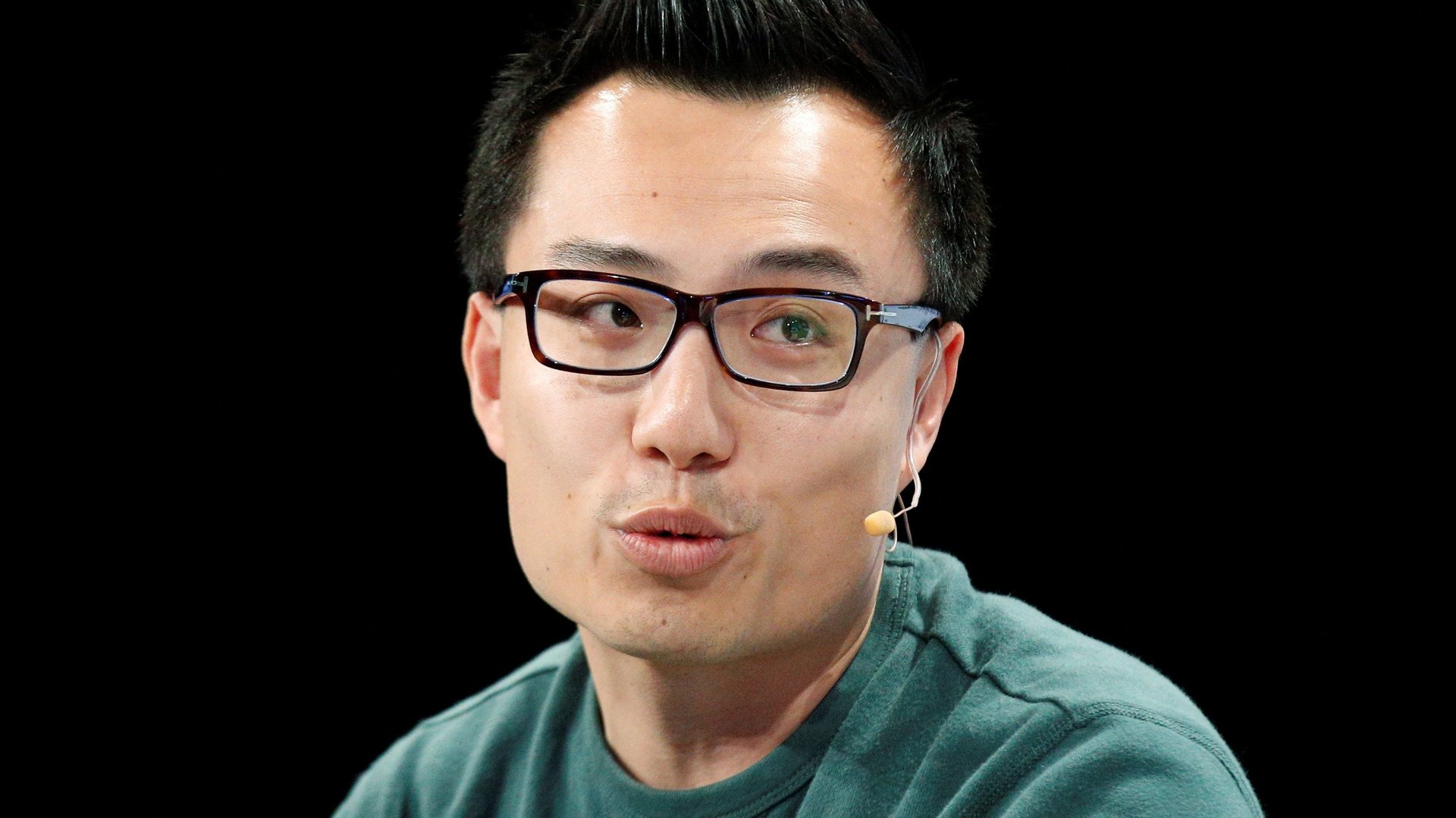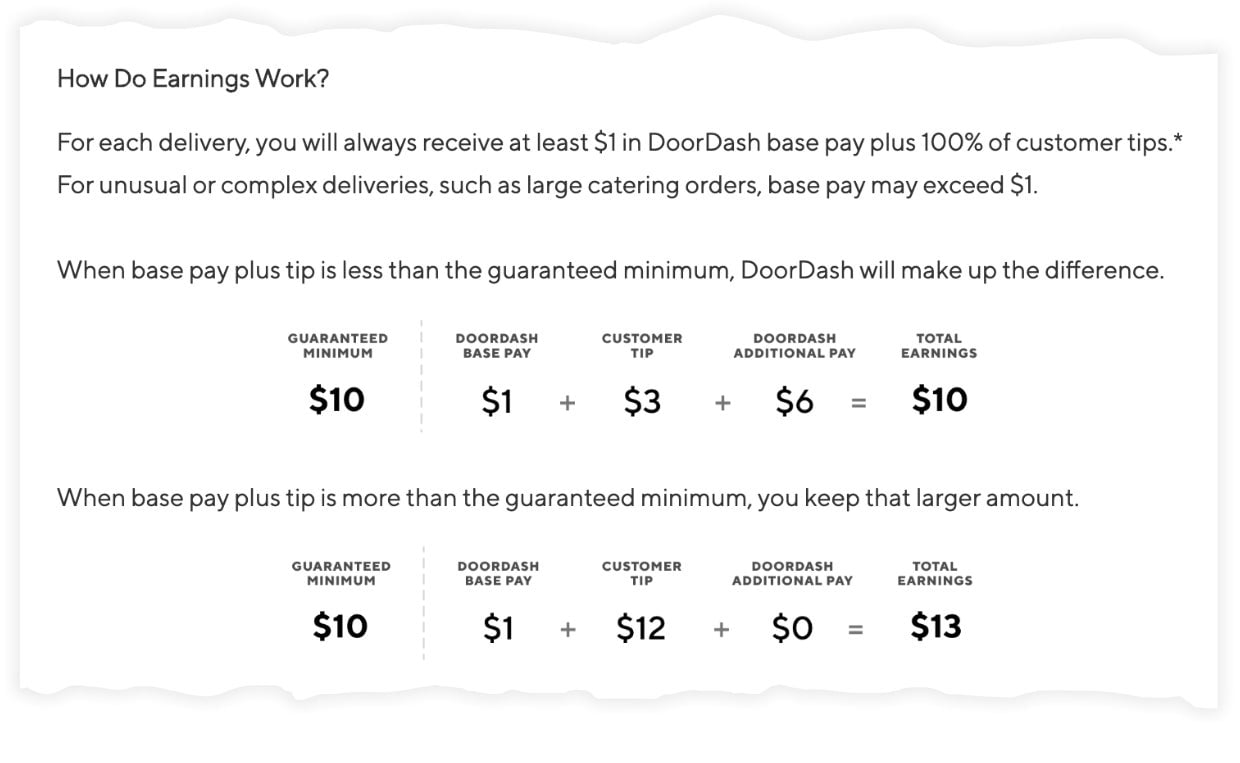DoorDash says it will change tipping policy after widespread outrage
It wasn’t a good weekend for DoorDash on Twitter.


It wasn’t a good weekend for DoorDash on Twitter.
It started when the New York Times published a story on July 21 about a reporter’s stint delivering food with online delivery platforms Uber Eats, DoorDash, and Postmates in New York City. The story detailed the often-harrowing experience of racing around the city on an electric bike to deliver food from restaurants to consumers. But what blew up was the reporter’s description of DoorDash’s tipping policy:
DoorDash offers a guaranteed minimum for each job. For my first order, the guarantee was $6.85 and the customer, a woman in Boerum Hill who answered the door in a colorful bathrobe, tipped $3 via the app. But I still received only $6.85.
Here’s how it works: If the woman in the bathrobe had tipped zero, DoorDash would have paid me the whole $6.85. Because she tipped $3, DoorDash kicked in only $3.85. She was saving DoorDash $3, not tipping me.
“It’s like they go out of their way to be dastardly,” tweeted financial writer Felix Salmon. “DoorDash’s CEO, Tony Xu, is the biggest proponent of this tipping policy and aggressively defends the math behind it,” chimed in Times reporter Mike Isaac. These tweets generated thousands of likes and retweets, gaining a life of their own in the Twittersphere. Commenters seemed shocked to learn that the tips they left on DoorDash could be used by the company to effectively subsidize worker pay.
DoorDash’s tipping policy, and the controversy surrounding it, is nothing new. DoorDash came under fire earlier this year for using tip money to subsidize base pay for delivery workers, whom the company calls “Dashers,” as did grocery delivery startup Instacart. After that initial bout of criticism, Instacart revised its policy but DoorDash held firm. In a June 27 blog post, “Improving the Dasher Experience,” Xu said the company would stick to its pay model in which customer tips go toward a “guaranteed minimum” DoorDash promises on each delivery. “Providing this guarantee upfront means that Dashers are more likely to accept all kinds of deliveries because they know what their earnings will be even if the customer provides little or no tip,” Xu wrote.
A quick refresher on how DoorDash’s pay model works: DoorDash sets a guaranteed minimum for each delivery, for instance, $10. The company pays a base of $1, then adds in the customer tip, then pays whatever is left toward that $10. If the customer tips $5, DoorDash pays a $1 base plus an additional $4. If the customer tips nothing, DoorDash pays the $1 base plus an additional $9. If the customer tips $9 or more, DoorDash pays only that $1 base. Here’s how DoorDash explains this on its help page:

As we wrote in Quartz earlier this month, DoorDash is essentially using a tipped minimum wage. In most, but not all states, employers can pay tipped employees like waiters and bartenders less than the prevailing minimum wage so long as they earn enough tips per hour to make up the difference. Federal law requires employers to pay tipped-minimum-wage workers at least $2.13 per hour, plus more if they don’t earn enough in tips to meet the prevailing minimum wage. Many states require the employer to pay more than $2.13, and limit the amount of tips (called a tip credit) they can put toward meeting the combined minimum.
But DoorDash workers are independent contractors, not employees, so these laws don’t apply. There is no limit on the effective tip credit that DoorDash can use. So long as the customer’s tip counts toward the guaranteed order minimum set by the company, the worker gets paid the same. The customer tip really matters to DoorDash, because if the customer doesn’t tip, the company has to pay the Dasher more to make up for the fact that no tips are going toward that guaranteed minimum. The best way to get around this is to tip in cash.
Faced with withering criticism over the model once it was highlighted by the New York Times, Xu said yesterday (July 23) on Twitter that DoorDash would change its model. “We thought we were doing the right thing by making Dashers whole when a customer left no tip,” he wrote. “What we missed was that some customers who *did* tip would feel like their tip did not matter.” Going forward, Xu said, DoorDash would use a pay model that “will ensure that Dashers’ earnings will increase by the exact amount a customer tips on every order.”
Xu said on Twitter that DoorDash would share more details in a few days, and DoorDash declined to comment beyond Xu’s tweets. The new model won’t necessarily be better for workers. Because DoorDash couriers aren’t employees, they aren’t protected by federal, state, or local labor law. That means they aren’t entitled to a minimum wage, not to mention benefits like health care and paid time off. That DoorDash will ensure worker earnings “increase by the exact amount a customer tips” isn’t the same as it promising to increase earnings or even hold them the same. On the other hand, it’s worth keeping in mind that when customer outrage grew loud enough, DoorDash was willing to listen.